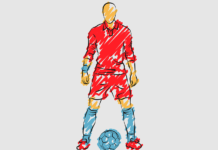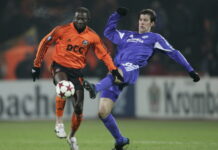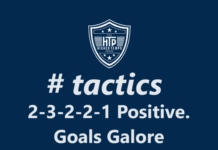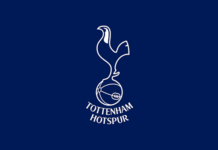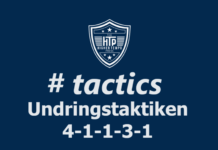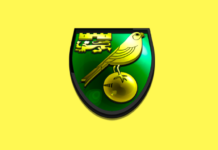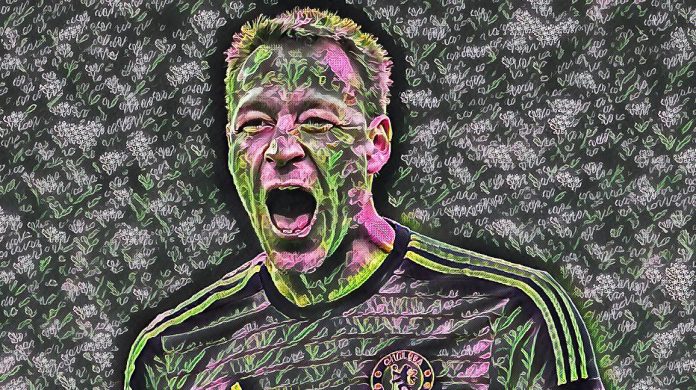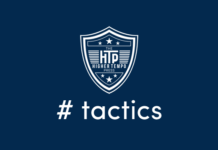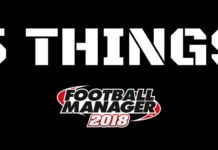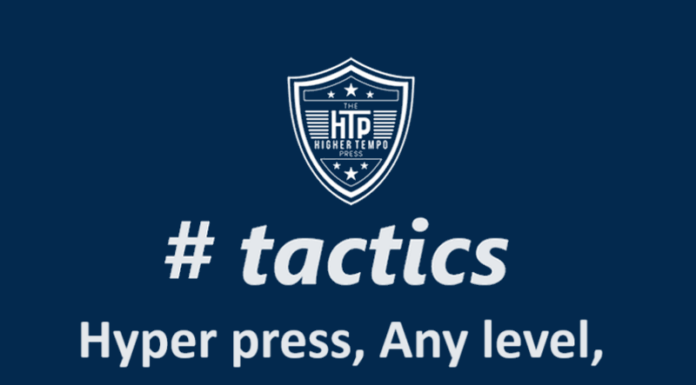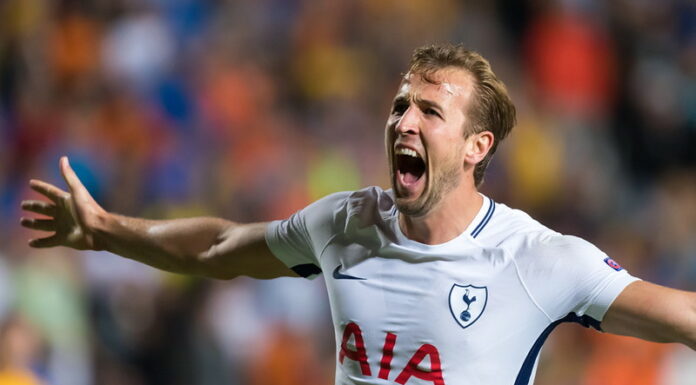When I look at a player’s profile, I tend to think, “Too much information!” The sheer amount of data can be overwhelming. All those numbers: where to start?
So I’ve been working out protocols for arriving at informed decisions. Here’s my protocol for centre-backs:
- Check the personality. I do this even before I look at the profile: I’ve set personality to show up on my search page. Along with the obvious personalities to avoid (‘Low-determination centre-back, anyone?’), I’m also very wary of balanced. I want something more than that.
- Check the injury record. Just because the scouts haven’t identified him as injury-prone doesn’t mean he’s not an injury risk. If the record’s dodgy, abort.
- Next, begin to examine the player through specific lenses. The first lens I call ‘defensive essentials’. What’s he like at tackling? And what’s he like at marking? And, because it’s no good being good at marking if he’s going to switch off, what’s he like at concentration? Marking ability is less common than tackling ability, so I’ll accept a lower rating for the former; concentration is rarer still, so a still lower attribute there may be acceptable. But if the player’s actually weak on any of these three then, again, abort. In practice, a large number of contenders fall at the concentration hurdle.
- Next, apply the ‘getting to the right place’ lens: positioning and acceleration, obviously, but also anticipation. If anticipation is high, I might settle for only modest acceleration: the former can compensate for the latter, at least to some extent.
- The third lens is ‘in the air’: jumping and heading. Jumping’s not much use on its own, since poor heading can result in just giving the ball back. If I have to compromise, it’s more likely to be on jumping than heading.
- The fourth lens is ‘physical’. Obviously, all the attributes in the right-hand column are desirable. In particular, balance and strength will help players win challenges and agility will help to prevent injury. One of my sons is adamant that, at the not very exalted levels I play at, physicality is all – that’s the approach he begins his world-beating Berwick saves with. But I’m not convinced: in the league I manage in currently (the Israeli Premier) I’ve rarely signed beasts – instead I aim, more negatively, simply to avoid weak physicals: beyond that I find that good ratings for selected technicals and mentals will suffice.
- The fifth lens is ‘mental’. I look up and down the middle column of attributes. I want some aggression, otherwise they’ll never win the ball: but if aggression is high, it needs to be balanced by high composure and/or decision-making, otherwise we’ll be conceding penalties and possibly incurring red cards as well. If bravery’s actually weak, I’ll abort, since a centre-back that flunks challenges is no centre-back at all. Good determination is a prerequisite for my squad: we’re nothing if not determined. With weak determination, all the other attributes tend to turn to dust. Beyond determination, the attribute here that I focus on most is composure: good composure will mean that they can bounce back from a mistake; low composure means a 6.3 rapidly turns in to a 5.7. Composure, like concentration, is a hurdle at which countless contenders fall.
- After that, it’s a question of ‘What nice-to-haves have I missed?’ I scan the profile for other strengths, for example in the area teamwork or work rate.
- Finally, I check the career record. How often do they get carded (a much-overlooked datum, I think)? Have there been (m)any seasons with low average ratings?
On this basis, I can then make up a series of sentences to create a portrait. Take, for example, Rafi Nachmani:
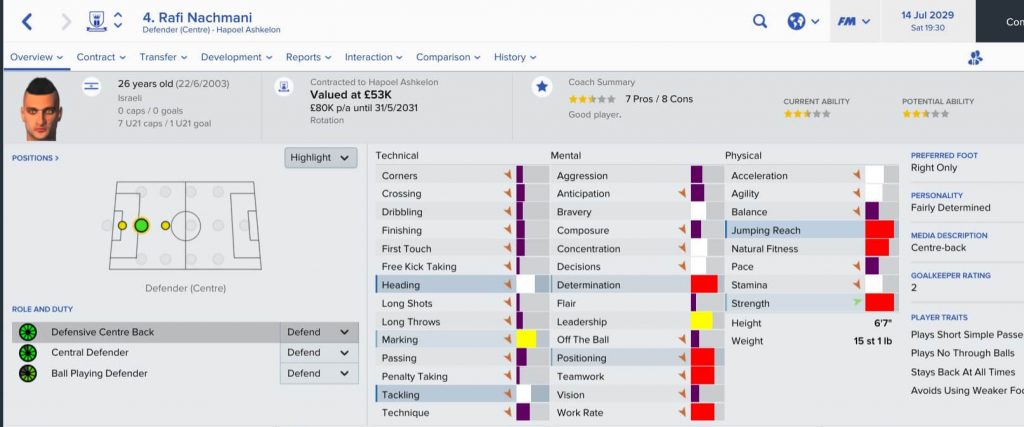
My portrait would be: Though not awful, he’s not great at the essentials (modest tackling; good marking compromised by modest concentration). Not too bad at getting into the right place (although he has poor anticipation, perhaps that’s less necessary given his strong positioning). Strong, though not top-class, in the air (6’7” and good at jumping — but heading ability is modest). Physically, his strength combined with his jumping should help him to dominate. Weak composure makes me think he could go to pieces on occasion – will there be an unacceptable number of 6.1s? – but the strong determination endears him to me and leads me to believe he’ll overcome some of the above frailties through sheer will-power. Beyond that, the strong team ethic and leadership will add to the character of the squad.
The above protocol doesn’t actually make the decision for me. But, by helping me to make sense of the data, it helps me arrive at a judgement. It’s rare to find that, after working through the profile, I don’t have a pretty strong view on whether he’d be right for the team.
For the sake of illustration, I’ve written the above portrait as if I were considering acquiring the player. In fact, this player has played over 150 league matches (a lot, by Israeli standards) for my club, at an average rating of 6.91. Now that some technically and mentally stronger young players have become available, I’ve been wondering whether to sell him. The above exercise tells me the answer: somehow all my positive comments about him end up requiring qualification; he’s just not rounded enough to count as a class act – he remains too imbalanced. Verdict – a modest player who we’ve done well to get a 6.91 rating out of. Time for him to depart for pastures new.


